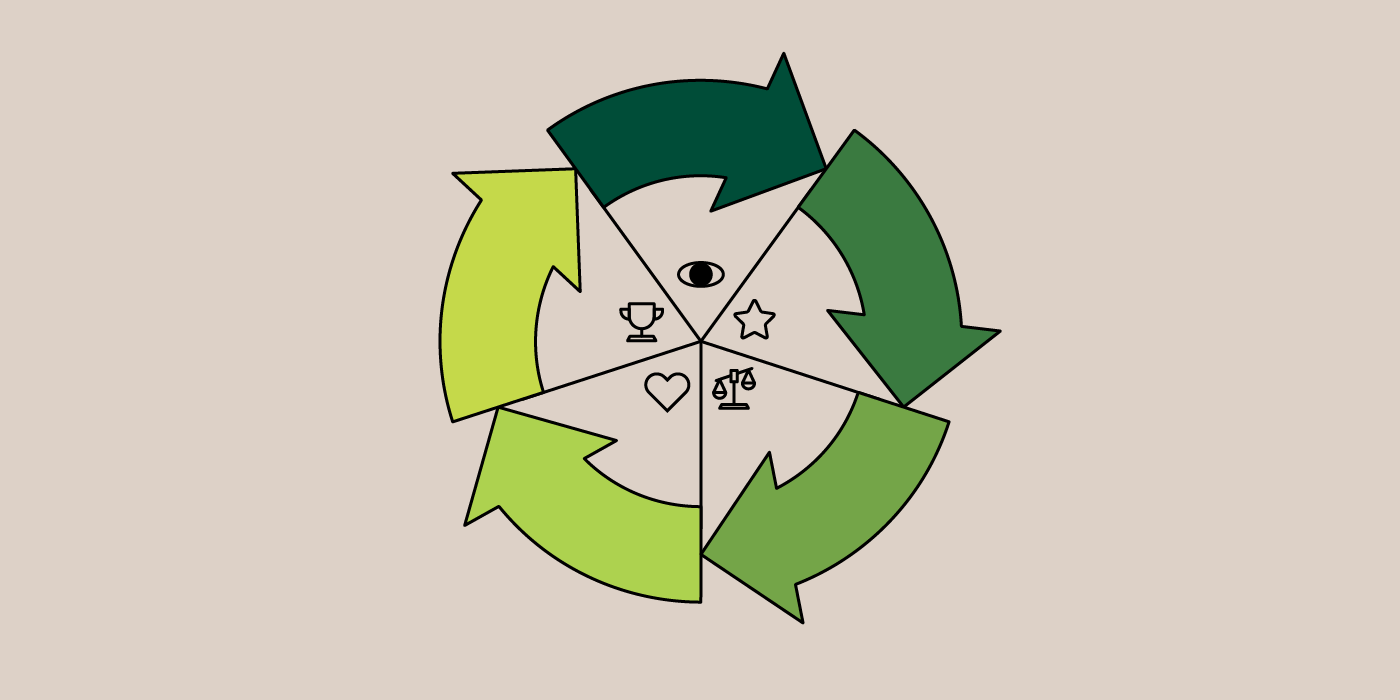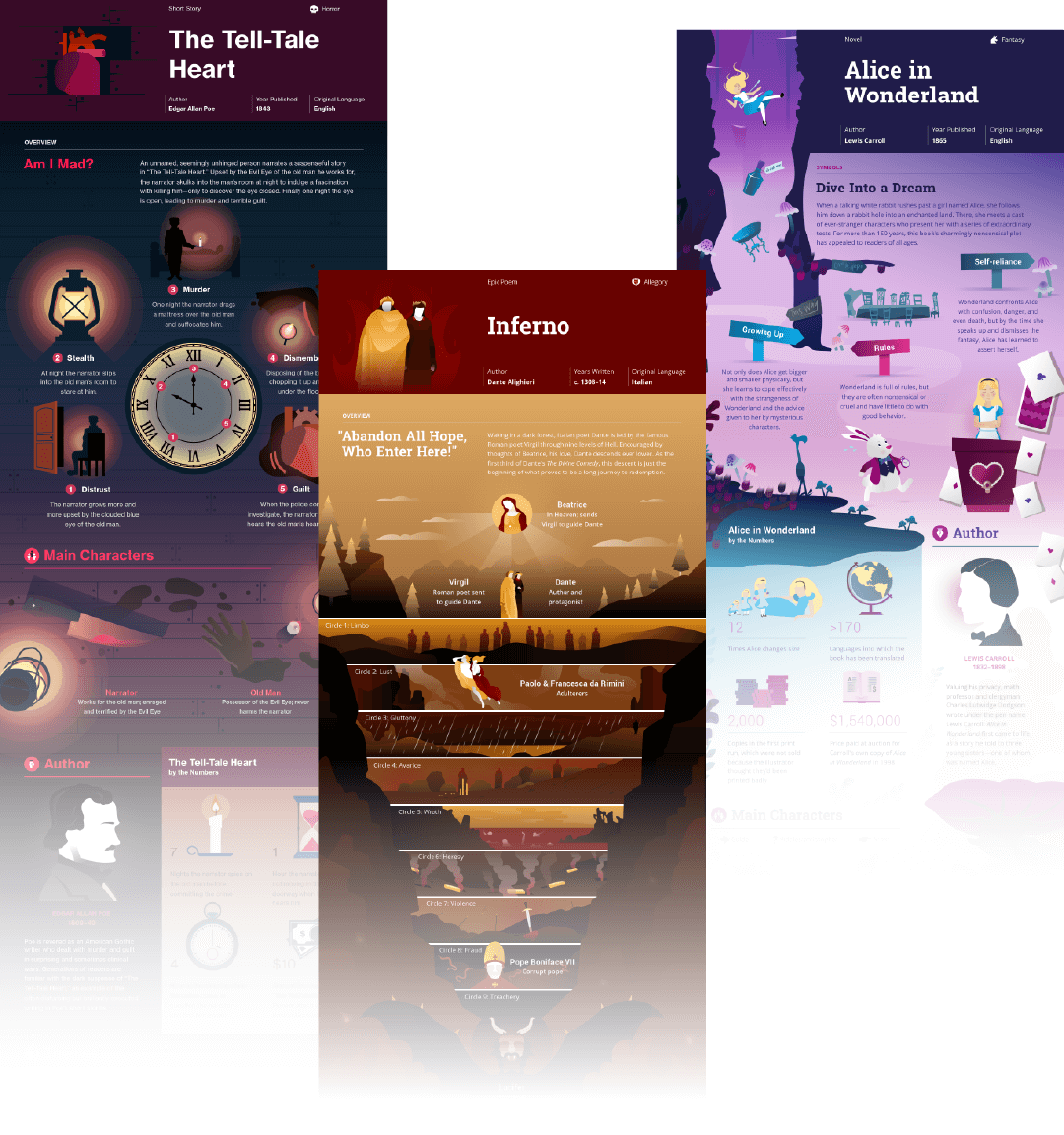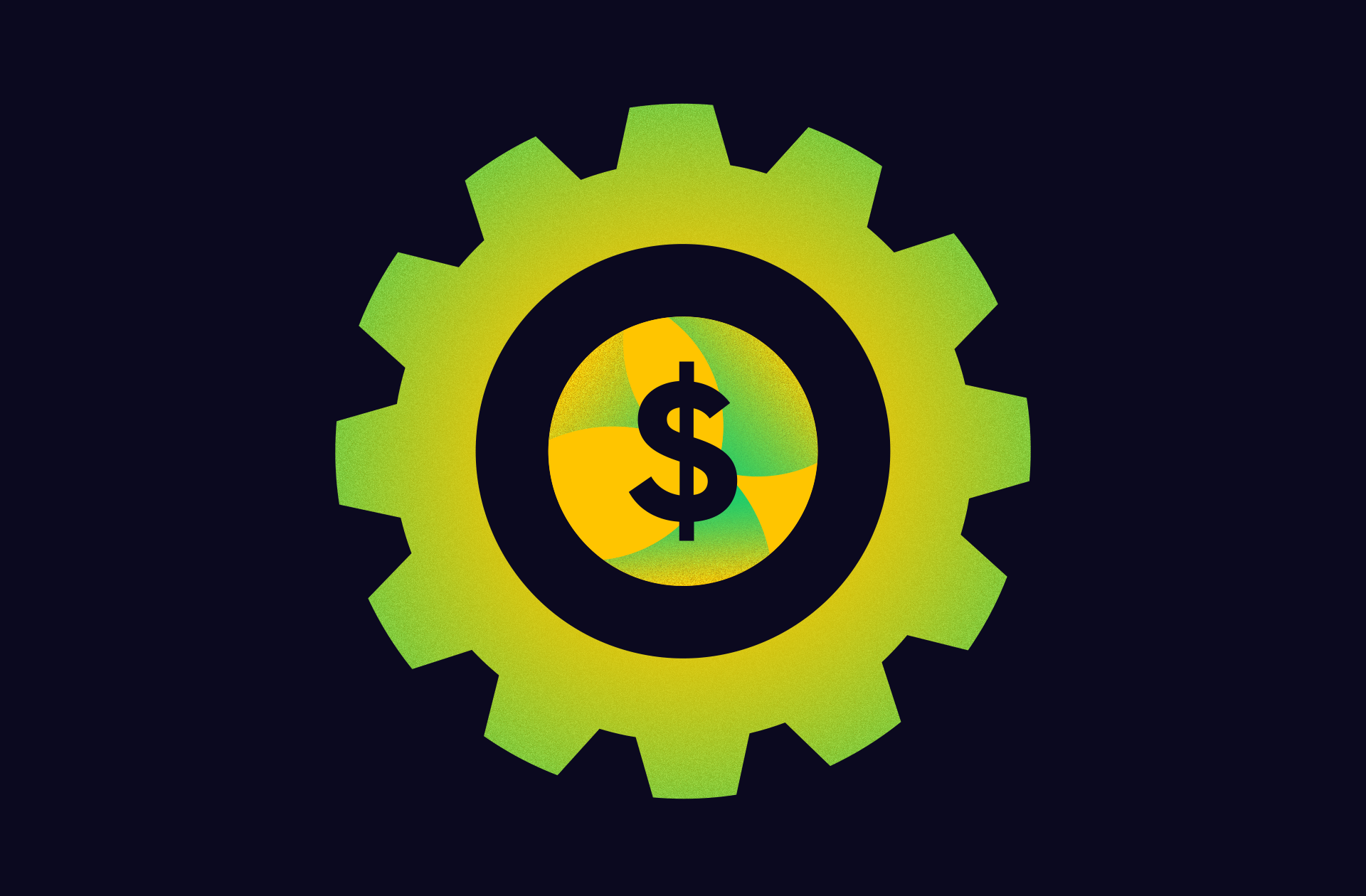The biggest mistake you can make in a marketing campaign is talking about yourself. Good marketing campaigns start a conversation, which means they start where people are—with what they need, want, are interested in, etc. When you come on too strong too early, you end that conversation.
This usually happens when marketers try to do the sales team’s job. Remember:
- Marketing is when you address people’s problems, then make a case for solutions.
- Sales is when you talk about yourself as the best solution.
When these lines are blurred lines, campaigns don’t work.
People don’t like to be sold to, but they love to buy.
—Jeffrey Gitomer, author of The Sales Bible
As a marketer, your job is to ease people into the sales stage of the relationship, creating the best possible experience along the way so that people are excited to buy. To do this, you need to make sure your content says the right thing at the right time. How do you do that? By mapping your campaigns to your buyer journey.
How to Map Marketing Campaigns to Your Buyer Journey
Here, we’ll guide you through the basic framework we use to strategize content for ourselves and our clients. We’ll break down what people want to hear at each stage of the buyer journey, as well as the type of content that resonates. No matter what stage you’re focused on, this breakdown should help you come up with great ideas that compel people to take action.
Of course, to effectively tailor your content, you need an intimate understanding of your buyer journey. If you’ve never mapped yours before, use our buyer journey guide and template to do it.
For the purposes of this post, we’ll be covering the entire journey, including sales and marketing stages.
- Marketing stages
- Stage 1: Awareness
- Stage 2: Consideration
- Stage 3: Analysis
- Sales stages
- Stage 4: Purchase
- Stage 5: Loyalty
Also, before we dive in, there are a few things to keep in mind throughout the process:
- Know who you’re targeting. Make sure your marketing personas are up to date. These will help you better vet your ideas.
- Use empathy. Put yourself in your personas’ shoes and think about what they need and want.
- Apply your brand. From your Twitter to your ebooks, make sure your branded content actually reflects your brand.
Now, let’s help you start ideating, stage by stage.
Stage 1: Awareness
The goal: Introduce yourself and acknowledge your target buyer’s pain points or desires.
The buyer’s mindset: They want, need, or have an undefined yearning for something. This is your opportunity to articulate what that might be and produce content that speaks to it—whether they’re actively thinking about it or not.
Content messaging: This is not the time to sell yourself. Instead, focus on content that helps as many people as possible get to know you. (Sometimes this requires piggybacking on other people’s audiences.) Think about…
- Articles
- Infographics
- Blog posts
- Partnership content + collaborations
- Features
- PR collateral
Think about this as traffic-generating content. It is often educational, inspirational, or entertaining, but above all it provides value to your reader, making them feel like their time with your content has been well spent. For more brainstorming inspiration, see our tips to create content people actually care about.
Example: Course Hero is an online learning platform that helps students access course-specific study resources contributed by a community of students and educators. To bring awareness to their platform, they created a series of study guide infographics that summarized famous novels. (They actually created 500+ infographics.) By creating these free study resources, Course Hero was able to build brand awareness (including 30,000+ Pinterest followers) and demonstrate the value of its platform—all via content.

Stage 2: Consideration
The goal: Demonstrate your value and the value of working with a partner to solve their problems.
The buyer’s mindset: They now have a clearer understanding of what they want or need and are looking for people to help satisfy this desire, whether it’s a product, service, etc. They are in the early stages of research, looking to get the lay of the land. They want to see who the players are and who they could (and should) be giving their business to.
Content messaging: Showcase your familiarity with the problems your clients are trying to solve. Publish thought-leadership that showcases your perspective and experience in addressing these problems.
- Posts in industry publications
- Explainer videos
- How-tos or tips
- Templates
- Guides
- Toolkits
- Roundups/resources
This is your lead-generating content. Note: You don’t always have to create fresh content for every campaign. Repurposing old content, or revamping items in your archive can work just as well. For example, you can create lead-generating ebooks from your existing content.
Example: To demonstrate our expertise and help our audience improve their own branding, we created a comprehensive guide to build a brand strategy, along with a free toolkit to help readers through the process step by step. This single piece of content helped us rank page 1 for the keyword “brand strategy,” helped thousands of marketers improve their marketing, and became the most referenced piece of content that convinced clients to work with us.
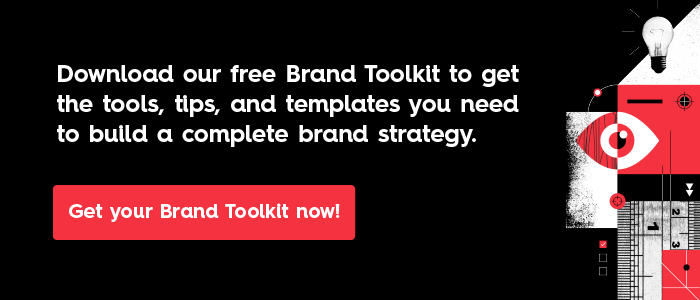
Stage 3: Analysis
The goal: Give people the info they need to make an informed decision about working with a company in your space.
The buyer’s mindset: This is the stage where most buyers have whittled their options down to a handful of choices. Now they start comparing unique value propositions.
Content messaging: Produce thought-leadership that showcases that you are the definitive leader in the space by demonstrating your successes or legitimacy.
- Case studies (when applicable)
- Client testimonials
- High-profile or industry-leading endorsements
This is prospect-generating content. Note: While you can talk about yourself, it’s always nice to let your customers do the talking. Find out how to create user-generated content that tells your story for you.
Example: Case studies are particularly helpful, especially in B2B. However, many brands default to presenting their “work” in case studies with little context. If you want to make the most impact, turn your case studies into compelling stories that focus on a problem/solution. This helps you communicate your value, show off your skill, and give people a sense of what it’s like to work with you (and why it will be better than your competitors).
Stage 4: Purchase
The goal: Turn prospects into customers.
The buyer’s mindset: This is the point at which pricing, purchase details, and post-buying experiences are scrutinized. Would-be buyers start asking themselves questions about the transaction: What will it mean to become a customer (read: “a supporter”) of this business? Am I sure I want to go through with this?
Content messaging: Provide information that will support their purchase decision.
- Sales collateral
- Webinars
This is more traditional sales-related content. And while you may have standard material here, think about unique ways to inspire people to close the deal. Whether it’s an entertaining sales video or a brochure-turned-infographic, don’t overlook how helpful visual content can be when trying to communicate important information. (In fact, there is plenty of content that can benefit from a visual makeover.) For more ideas, find out how to make sales content to benefit your team.
Example: This simple explainer video motion graphic provides a helpful overview of Visa’s Purchase Alerts feature. Instead of handing people a boring brochure, telling the product story in color and motion makes it much more exciting, engaging, and interesting.
Stage 5: Loyalty
The goal: Nurture and maintain the relationship.
The buyer’s mindset: They want to be reminded of why they are working with you or supporting your business. They want to feel and believe their relationship is not just transactional, that you care about them beyond their conversion into customers.
Content messaging: Deliver content that reminds them why they might want to work with you again—or why they started working with you in the first place.
- Gifts
- “Thank you” content
- Offers for deals
- Exclusive content
- Partnership opportunities
- Events
- Co-marketing opportunities
- Exclusive access (depending on your business)
- Additional and ongoing education in the form of webinars and newsletters
Example: Consider sending a unique holiday gift to clients. From art prints, to playing cards, to sculptural everyday items, this has helped us maintain a relationship with our partners—even if it’s been a while since we worked together.
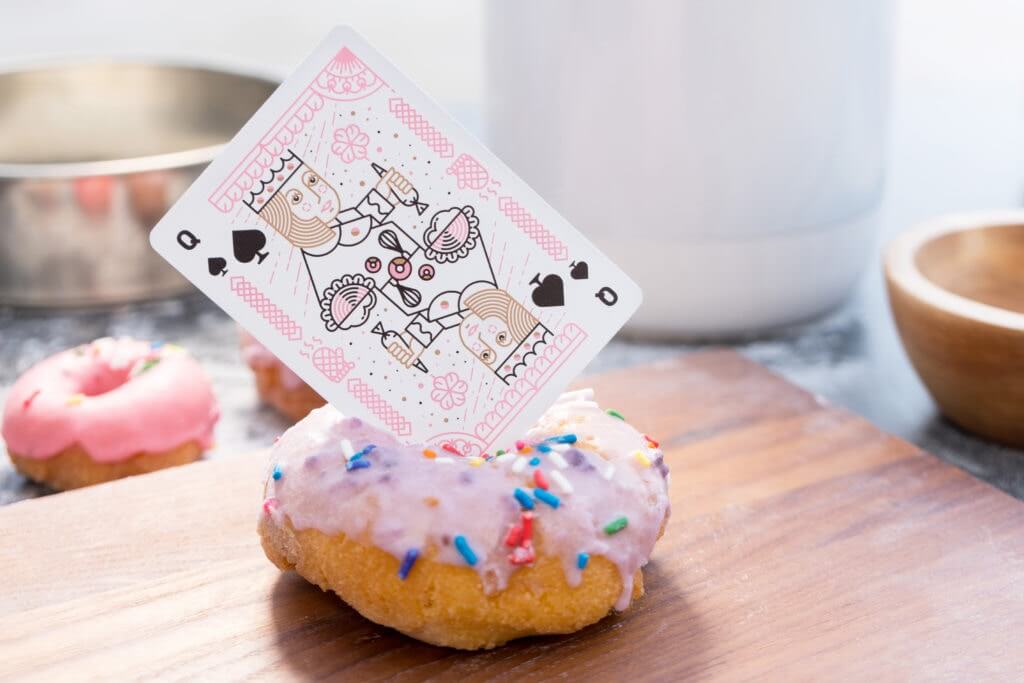
Remember: Great Marketing Takes More Than Great Ideas
No matter what ideas you come up with, success relies on the ability to execute them well, from design to distribution. That’s why it’s crucial to follow best practices at every stage of your marketing campaigns. For more tips on that…
- Get inspired by these awesome examples of marketing campaigns.
- Follow our best tips to create great marketing campaigns.
- Find out how to optimize your content creation process to work as effectively as possible.
- Make your life easier with these 100+ tools to execute your marketing campaigns.
- Learn how to measure your campaign success correctly to figure out if what you’re doing is actually working.
Remember, too, that good content marketing takes practice. It’s an art, not a one-size-fits all prescription. The more you do it, the better your results will be over time. But if what you’re doing just isn’t working or you’re feeling stuck, consider bringing in expert help. You can follow our tips to find and vet a creative agency, or hit us up. We’d love to help you tell your story at any stage of your buyer journey.

